|
80x5 -
240x3 -
240x4 -
320x1 -
320x2 -
320x3 -
640x1 -
640x2
Set display option above.
Click on
images to enlarge. |
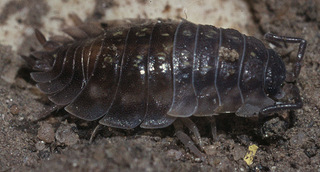
© Copyright Malcolm Storey 2011-2118
· 3
Oniscus asellus |
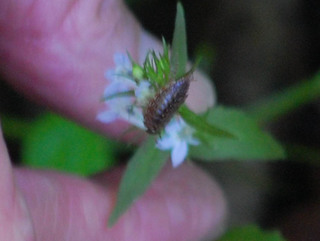
© Copyright Sheryl Pollock 2011
· 1
Oniscus asellus, European Sowbug on Indian Tobacco |
|
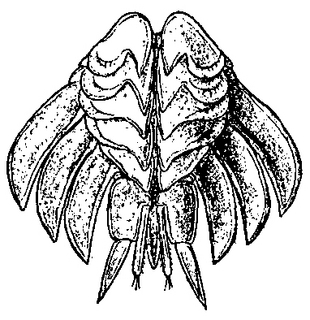
© Richardson, 1905
· 1
Oniscus asellus, abdomen, ventral |
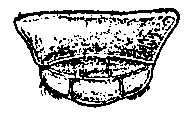
© Richardson, 1905
· 1
Oniscus asellus, anterior, lip |
|
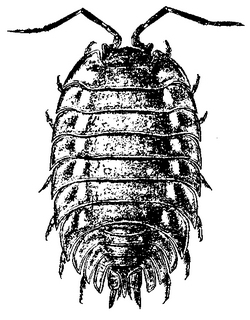
© Richardson, 1905
· 1
Oniscus asellus, dorsal |
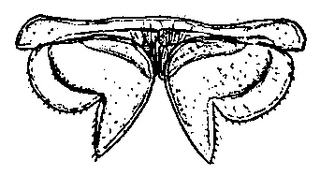
© Richardson, 1905
· 1
Oniscus asellus, female, first, pleopods |
|
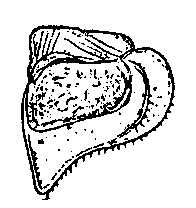
© Richardson, 1905
· 1
Oniscus asellus, female, third, pleopods |

© Richardson, 1905
· 1
Oniscus asellus, first, antenna |
|
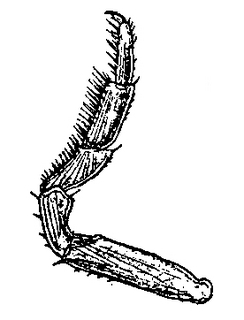
© Richardson, 1905
· 1
Oniscus asellus, first, leg |
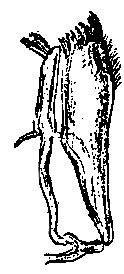
© Richardson, 1905
· 1
Oniscus asellus, first, maxilla |
|
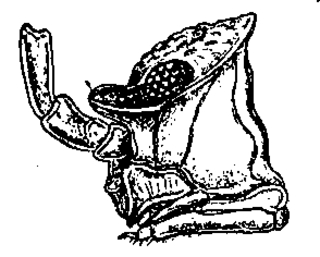
© Richardson, 1905
· 1
Oniscus asellus, head, lateral |
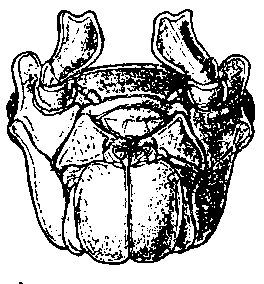
© Richardson, 1905
· 1
Oniscus asellus, head, ventral |
|
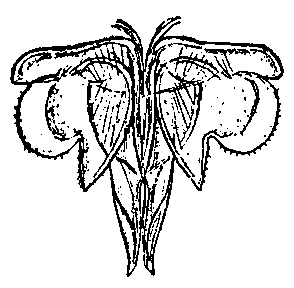
© Richardson, 1905
· 1
Oniscus asellus, male, first, pleopods |
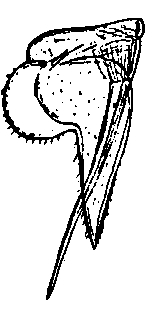
© Richardson, 1905
· 1
Oniscus asellus, male, second, pleopod |
|
Identification |
Reprinted from Richardson, H. 1905. Isopods of North America. Bulletin No. 54 of the United States National Museum.
Localities.—Greenland; North America, at Woods Hole, Massachusetts; Salem, and Beverly, Massachusetts; New York City; Schenectady, New York; Rock Island, Illinois; Providence, Rhode Island; Syracuse, New York; Freeport, Maine; Pennsylvania; also Sweden; Denmark; Germany; Newfoundland; Canada, near Niagara; Holland; Great Britain; France; Spain; Italy; Azores; Iceland; coast of Norway; “Ashensee Tyrol” 950 meters alt. (Dr. Stejneger).
Found under dead logs, dead leaves, and stones; common in hothouses.
Body oblong-ovate, about one and a half times longer than wide, 10 mm. : 16 mm.
Head wider than long, 2 mm. : 8 mm., with the frontal margin slightly convex and pronounced antero-lateral lobes, narrow and elongated, almost 1 mm. in length and rounded anteriorly. The eyes are small, composite, and situated at the sides of the head, at the base of the antero-lateral lobes. The first pair of antennae are small and inconspicuous and are composed of two articles. The second antennae have the basal article short; the second article is twice as long as the first; the third is equal in length to the second; the fourth is nearly twice as long as the third; the fifth is one and a half times as long as the fourth. The flagellum is composed of three articles. When retracted the second antennae extend to the posterior margin of the third thoracic segment.
The segments of the thorax are subequal in length. The first segment has the antero-lateral angles produced to surround the head, and they extend almost to the extremity of the antero-lateral lobes of the head. The lateral parts of all the segments are expanded, but there is no indication of epimera on any of the segments. The lateral margins are straight.
The segments of the abdomen are all distinct, the first two being somewhat shorter. The lateral parts of the first two are entirely concealed by the seventh thoracic segment. The lateral parts of the third, fourth, and fifth segments are expanded and produced so as to continue the oval outline of the body; those of the fifth segment extend posteriorly as far as the extremity of the sixth or terminal segment. The terminal segment is triangular, with the apex produced in a long process, 2 mm. in length and pointed posteriorly. The basal article or peduncle of the uropoda extends to the middle of the produced portion of the terminal abdominal segment. The inner branch to the extremity of the process of the terminal segment and is concealed by it except at the lower portion. The outer branch is 2 mm. long and extends the length of 1 mm. beyond the terminal abdominal segment.
The legs are all ambulatory in character.
In color, the dorsal portion of the body is a dark brown. There is
a longitudinal row of light yellow spots on either side of the thorax, about the place of union of the epimera with the segments. The lateral margins of the body are also light yellow. The dorsal portion of the body is slightly granular.
|
|
| Supported by | |
Updated: 2024-04-30 21:54:13 gmt
|